Biodata - Computers in advanced research (Bioinformatics)
For people of 30something years of age, like me, computers were a fundamental axis in our childhood. My parents had bought a PC 80286 back in the days, just to have as a new part of the "entertainment system" of the house. DOS; cd, mkdir, dir/w/p, playing around with 5 1/4 floppy disks... It was a damn party at home, it didn't take too long before we became friends, the PC and I: Best friends forever.
Just like me, back then, a few privileged ones got to savor the glory of using a Pentium 1; frikking noisy and full of love. Today, a couple of decades later, everything is done with a computer (desktop, laptop or pocket one) and Internet. It is crazy to consider, how something that was a "rarity" today became an indispensable part of our lives.
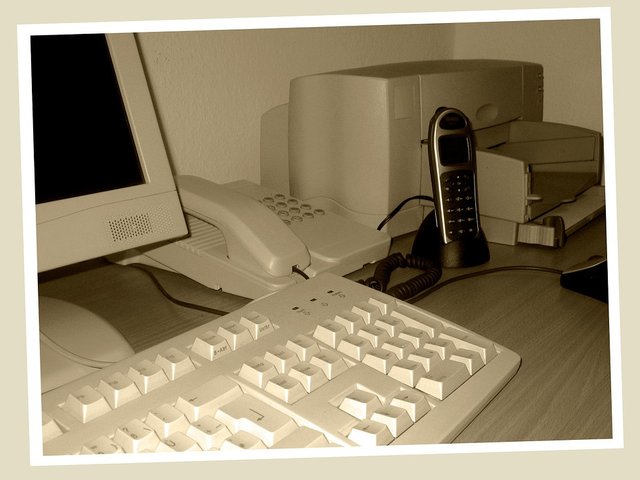
Of course, labs will not stay away from this trend (far from that, remember where Internet was born). Today, at any lab, having a couple of computers to read, analyze and understand the data we produce with research is a must. Now, there's two possible ways of observing this: One is understanding a computer as a superb lab notepad; one that allow us to take our data and present them in a way that makes it easier to check, view, review and then, use our heads to find the desired patterns and create new inferences. Up to that point, a computer is a great notebook, but just a notebook (by notebook I'm referring to the REAL notebooks, the ones made of paper).
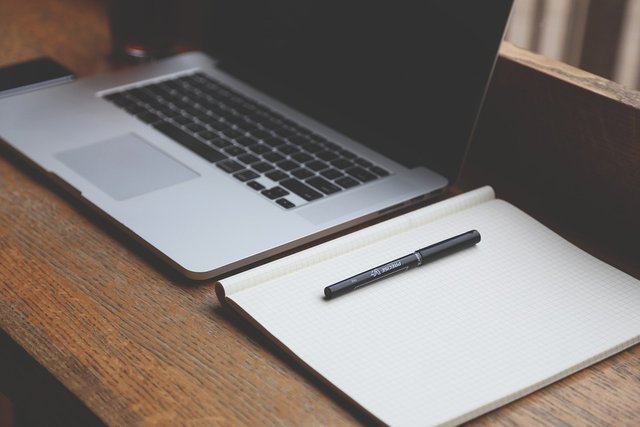
A mere notebook is not enough.
Now, what happens if we want more?? Or worse, if we need it? When the amount of info created overwhelms any human attempt to analyze it. In history, we arrived to a point where we created so much info, we simply cannot process it with our naked brains, we even reach a point where we store information that we will never use (if you deny this, please tell me when was the last time you reviewed the 786 pictures of your vacations; and you still have stored at your camera).
A potential solution.
Far from being the control of organism made of half robotic parts, half giant guinea pig (aka: Bestpetever); bioinformatics, with electronic methods is the research, development or application of computer technologies for the management of biological and genetic information. Boring definition, lets call it: "use computers to shuffle decks of bio-data; do stuff that we couldn't possibly do with pen and paper". We throw the data in, and the computer returns the data we need, clean from irrelevant data.
Through Bioinformatics we are able to know how far are we, evolutivelly speaking, from mice; or, knowing which DNA sequences have an inherent risk to certain diseases. We can use the bioinformatics to propose new diagnostic tools, to seek for new drugs and research new "targets" in pathogens (diseases).
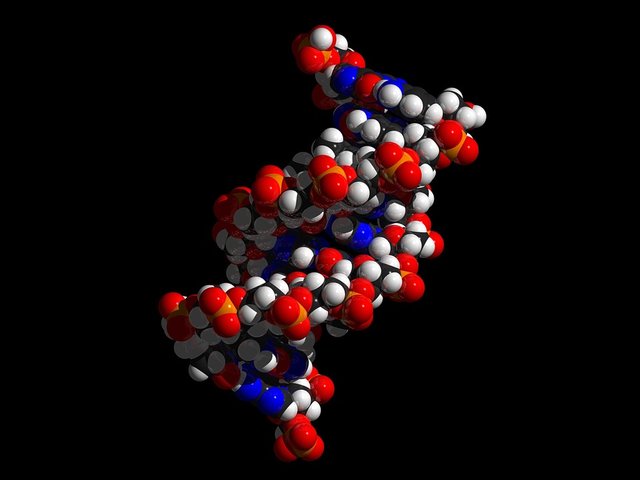
The key for this is the informatization of biology, this is: Express biology in a format easily understandable by a computer. This idea has a cornerstone in molecular biology. She was able to give informatic identity to proteins and nucleic acids, through the expression of these macro-molecules as the succession of a bunch of characters that represent their sequences. Each character in a sequence represents a link in the chain (nucleotide in DNA, aminoacid in proteins). The nucleus of life, understood as information.
Allow me to recycle an example.
Coming back to the pictures you took in your vacations as an example, that has a BUNCH of pictures there. Out of them, around 75 are your failed attempts of taking a picture of everyone jumping at the same time. When you used that old 35mm camera, and didn't know how good pictures were them; printing them would've costed you a bunch of money... for nothing. Thus, you were a display of self control, a paladin of resources administration. But, of course, digital cameras arrived and... WHAT HAVE YOU BECOME?! A compulsive crappy picture generator. Memory waster. Naive, believing that perhaps one of those pictures was focused.
With bioinformatics it's just the same. At the beginning (around the 80s), the scientific community only had a few sequences (more or less, 600). If the idea was to study a gene or protein, perhaps there was one or two sequences. With luck. Lots. Displayed that way, there was little that bioinformatics could do to solve our biologic research in that time. Except, that a mega-revolution of DNA and protein sequencing started and out of nowhere a LOAD of information was available thanks to reduced costs and low response time. In particular, for nucleic acids, the availability of new sequencing technologies proposed the availability of "choice", with that, a competitive market (as any market)... Thus, reduced costs.
Narrowing it down to human terms, the Human Genome Project lasted 13 years and had an approximate cost of 2500 million dollars. Today, you can sequence anyone's genome for less than 1000... in a few days. And here we are, still holding our cameras, just taking pictures of genomes, because we can... and it's cheaper.
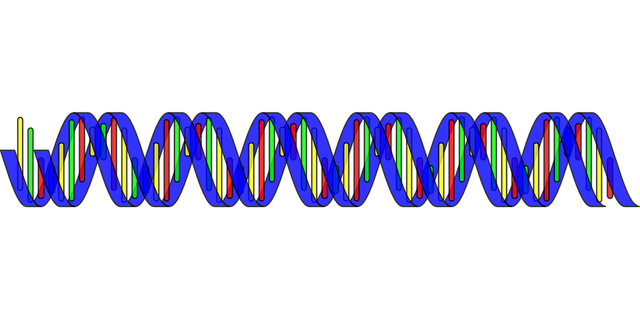
At some point, computers stuck their noses everywhere, just as in labs. We use them to talk to each other, share and save info. At some point we went a bit further. At some point we had so many things to do, so many new questions to make, so many factors to compare at the same time, and, so many technical possibilities to attempt to do something with that information in our world... That we ended up reversing the logic: We built labs that dwell inside computers and inhabited them. We'are the clean handed ecologists, the dry geneticists: The ones that pave the world in silicon.
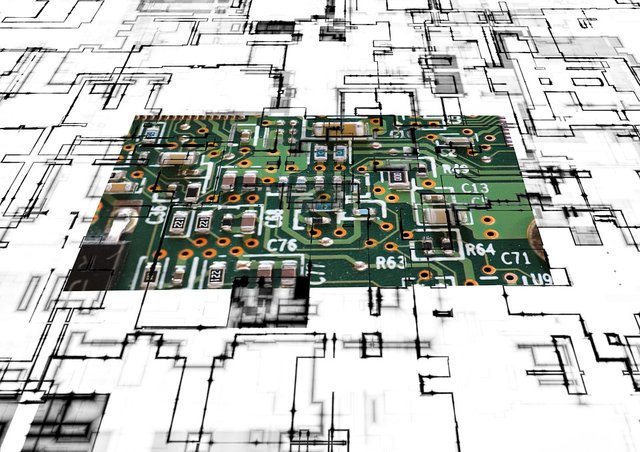
If you liked this post and its informal way of talking about sciences, please, follow me for more!
Leave a comment either for good or for bad reviews. I take everything as constructive, and I really appreciate the feedback, even from trolls (at least a troll read it before being himself!).
Copyrights:
All the previously used images are of my authory or under a CC0 license (Source: pixabay), unless openly stated.
All the Images created by me possess a WTFPL licencing and they are free to redistribute, share, copy, paste, modify, sell, crop, paste, clone in whatever way you want.
Good writing. Upvoted and followed
I see daily the usefulness of the computer in a laboratory. The concept of biological computerization you explained is very interesting. It is a key to the next level. Many thanks.